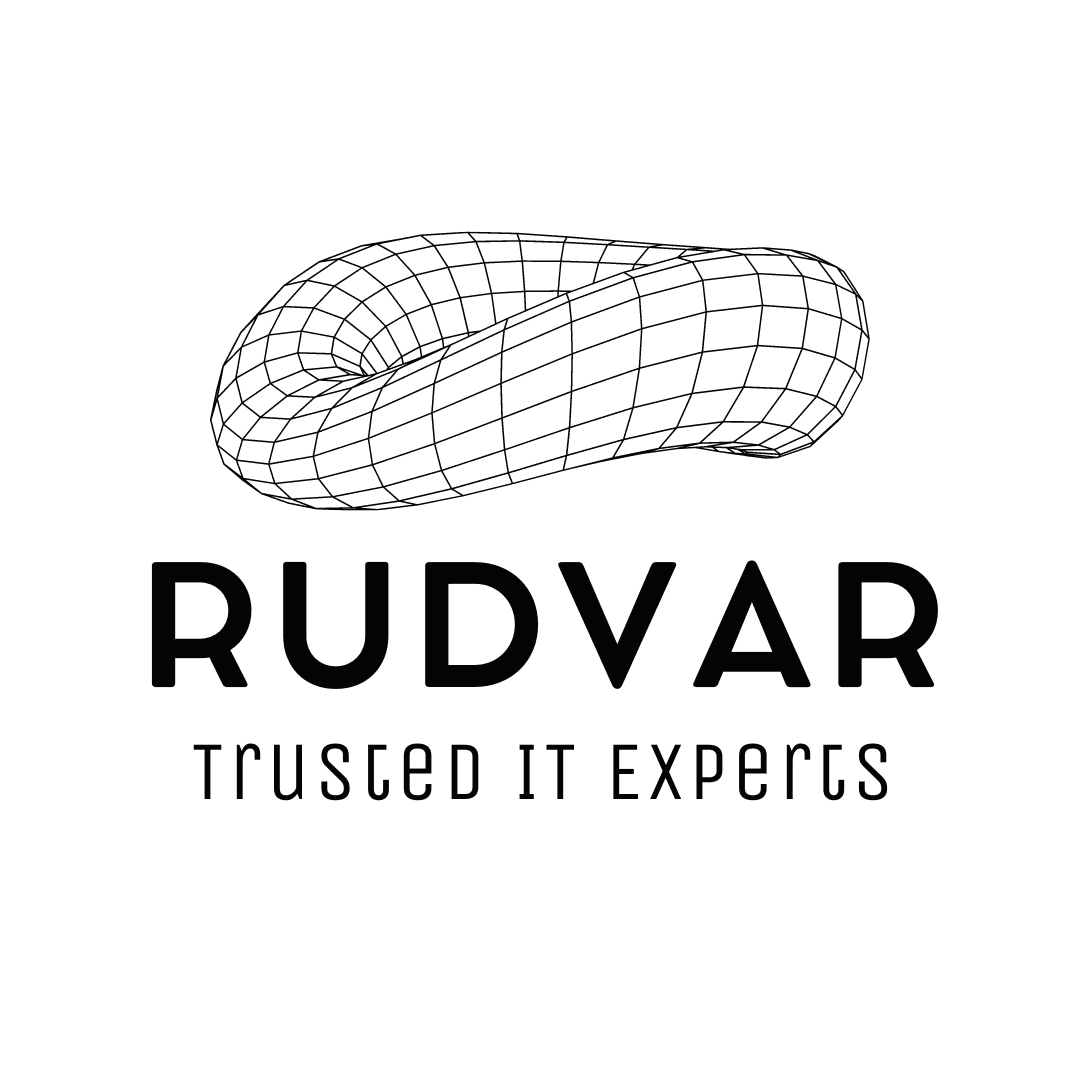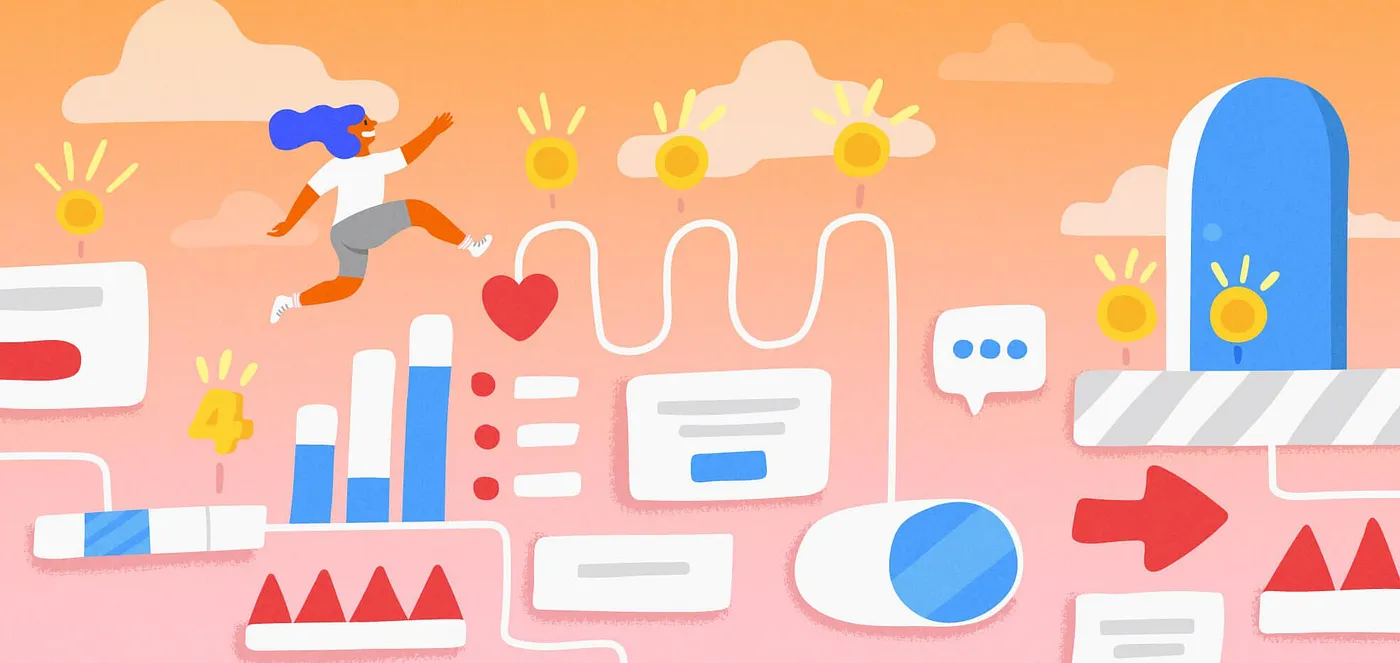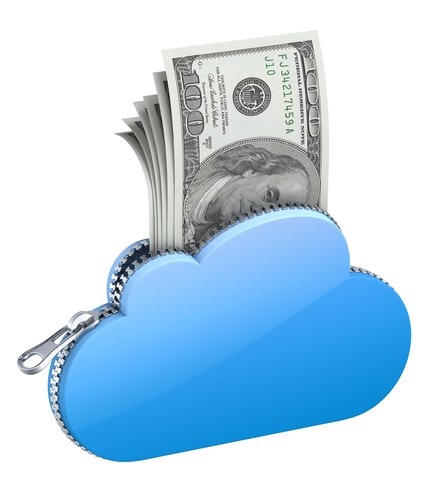Building a successful SAAS product is as difficult as building a rocket. I know it might sound fun. Jokes apart, building your first Saas might not look difficult until the time you realize that you are unable to generate revenue.
I have been leading/consulting startups for more than 7 years now. We spend days and nights making startups work. At Rudvar, we help companies build their SaaS products and fix their toughest product challenges.
During these years I have realized that founders fail to consider a few key learnings that could help them be profitable in the future.
Building a SaaS (Software as a Service) product can be an exhilarating yet challenging journey, especially for those venturing into startups. Here’s a deep dive into the technical nuances, outlining some common mistakes that can impede progress and ways to navigate around them:
1. Over-Engineering from the Start
MVP is not the only solution to over-engineering. I have seen developers and founders over-engineer even in the MVP version of the product.
Often, excitement and ambition lead to over-engineering the product right at the outset. This results in unnecessary complexity, slowing down the development process.
The only solution to this is to start with an MVP (Minimum Viable Product) focusing on core functionalities. Before you start developing the MVP, make sure to decide when to stop building that feature. As advancements never cease, it's crucial to settle on a final version of the feature. Btw I can help you evaluate the different versions if needed.
Embrace simplicity and gradually expand the features based on user feedback.
2. Ignoring Scalability
One of the most common mistakes. Around 50% of startups avoid scalability thinking that it's not necessary in the initial phase. Scalability is never a future thing. Scalability is something that needs to be decided before we begin to code.
Neglecting scalability concerns can haunt SaaS products later on. Inadequate infrastructure planning can lead to performance issues and downtimes.
The should to this should be to design with scalability in mind. Use scalable architectures, consider microservices, and leverage cloud-based solutions for easy scalability. At Surge Startup, we help companies in building scalable products. We help them design products that are easily scalable in the cloud.
3. Poor User Experience (UX)
As the market grows, first impressions matter more than ever. It's important to understand that in a competitive environment, the first impression can often be the last.
The only way to differentiate your product from others would be to make it easy for the customers to use your tool. Sometimes Complicated UI/UX can drive users away. Focusing solely on functionality without considering usability can be detrimental.
I still remember back in 2020, when I was consulting a startup, the startup failed poorly in its first launch. They ignored our suggestion to improve the poor UX and then launched it. I was scrolling through some Facebook groups. Although it has been 3+ years since their first launch I found in some Facebook posts that users still believe the UI UX of the tool is crap.
The only solution to this is to conduct usability tests, gather user feedback, and iterate on the UX/UI design. Invest in intuitive design practices for a seamless user experience.
4. Failure in Continuous Integration/Continuous Deployment (CI/CD)
While building your saas you would like to spend the least time in deploying stuff. Implementing a CI/CD process could significantly reduce time consumption for a startup. Not establishing a streamlined CI/CD pipeline can result in deployment bottlenecks, delays, and inconsistencies in the software delivery process.
Platforms like GitHub in collaboration with AWS, and GCP have made it easy to implement CI/CD.
The best solution for this is to implement automated testing, CI/CD pipelines, and version control systems to ensure smooth, frequent, and reliable deployments.
5. Not Prioritizing Feedback Loops
The sooner you deploy the sooner your product is ready for testing. The product gets better by allowing customers to give their feedback on the product. Ignoring user feedback and failing to iterate based on it can lead to building features that users don’t need or want.
At the end of the day, we are building the product for our customers. So we must make sure that we build the product for our customers and not our EGO.
The best solution for this is to establish robust feedback mechanisms, conduct user surveys, analyze usage patterns, and prioritize feature updates based on user needs and pain points.
6. Team and Resource Mismanagement
I have often seen CEOs over-hiring for their product. Then unable to make a profit, because now they can't fire. Inefficient resource allocation, lack of skilled personnel, or poor team coordination can hinder progress and quality.
I still remember that back in 2021, when we helped a startup earn 50K USD in 2 months. They spent the money relentlessly on unwanted kinds of stuff.
The team started working on features that were costly and did not add any value to the product. The backend team pushed updates but the frontend team was unavailable to integrate them as they were occupied with other tasks.
The Solution to this is to ensure a well-balanced team with diverse skill sets, efficient project management, and clear communication channels to optimize resource utilization.
Building a SaaS product is a journey filled with learning opportunities. By being mindful of these technical pitfalls and adopting a pragmatic approach to development, startups can navigate through challenges more effectively, setting a strong foundation for their SaaS endeavors.
At Rudvar, we can help you build the best software product and help you fix your toughest product challenges. So if you think there’s a match between your requirements and our services then feel free to reach out at abhi@surgestartup.com or ping me at https://www.linkedin.com/in/abhishekpatnaik77/
We will meet again with another great blog. Till that time take care. Peace !
BLOG




